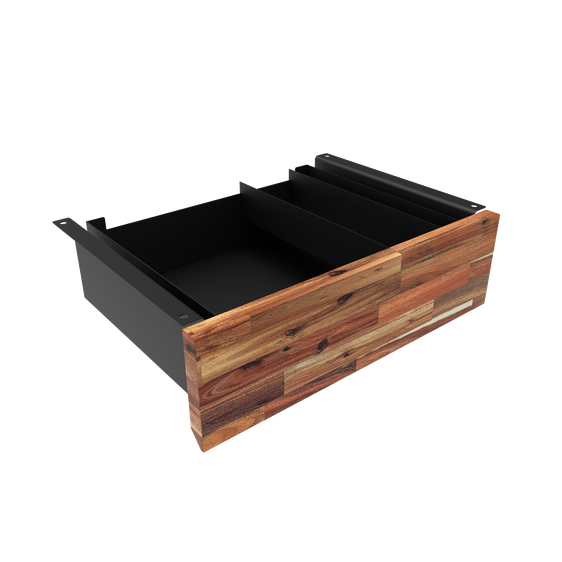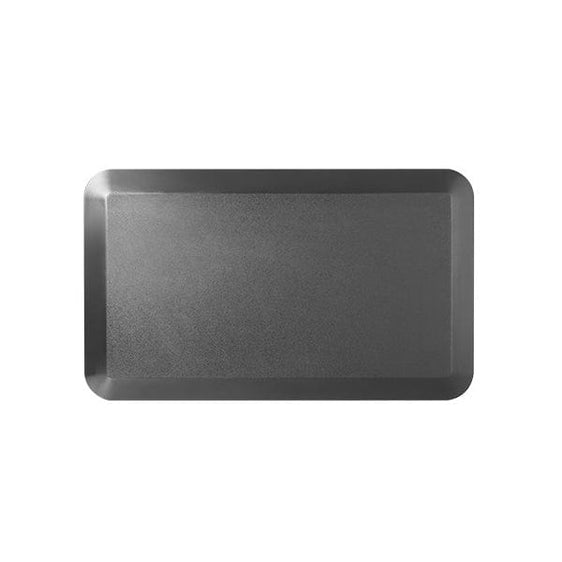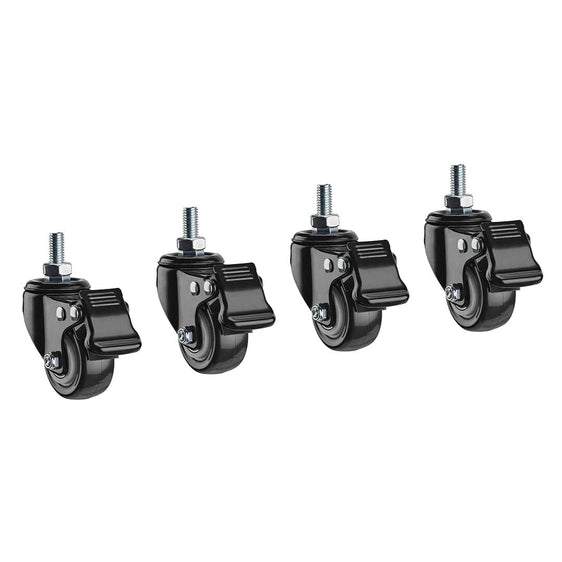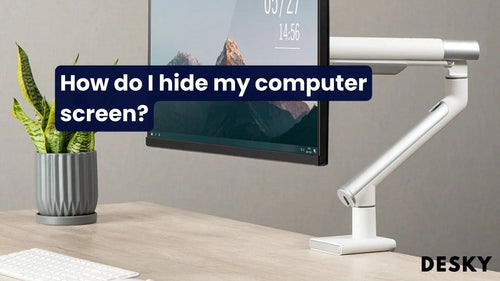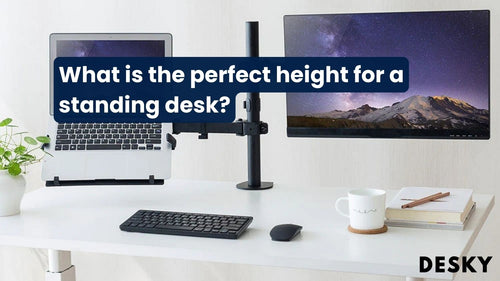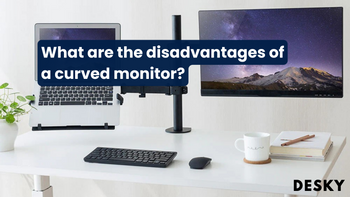
FAQ
What are the disadvantages of a curved monitor?
Hayden AdamsDelving deep into computer monitors, anyone comes across a key question: Which is a more suitable choice, curved or flat?
Many praise the immersive experience provided by curved monitors, but they are not without their drawbacks. This article scrutinizes these potential issues, offering clear insights to help with your decision between a curved and a flat monitor.
Why do some people not like curved monitors?
Glare susceptibility is one reason why some individuals steer away from curved monitors. The unique convex shape of these monitors, while enhancing visual depth, inadvertently catch reflections and light much more.
This glare can make the screen difficult to see clearly, potentially leading to eye strain during extended usage.
{{ spec_desk_whiteboard }}Which monitor is better, curved or flat?
Comparing the two, curved monitors, with their cinematic-style screen wrap, are designed to encompass your field of vision. This creates a heightened sense of immersion, especially for gaming enthusiasts.
However, for some users, this immersive design may lead to distractions, particularly when attention to peripheral details is crucial. Flat monitors, in contrast, provide a conventional viewing experience without peripheral engagement.
What are the advantages of a flat monitor?
Flat monitors, with their simplicity and broad aspect ratios, are excellent for handling basic tasks.
Unfettered by curvatures, they provide an extended horizontal view. Tailoring well to straightforward job requirements, they often offer more advanced features:
- Supported by a wider array of mounting options in Australia (explore Desky's Monitor Arms)
- Typically less expensive than their curved counterparts
- Excellent for tasks that require accurate color reproduction and linearity
What are the considerations for a curved monitor?
A curved monitor, with the promise of a wholly engaging experience, brings along some points to consider. The display size, refresh rate, and response time, among others, greatly impact its functionality.
Furthermore, the degree of curvature (the curvature radius) greatly affects your viewing experience. Connectivity options and additional features such as built-in speakers and HDR support are also vital aspects to ponder in line with ergonomic solutions.
Also read: Why is my computer screen yellow?
Conclusion
Weighing the pros and cons of curved and flat monitors could greatly ease your decision-making process. Remember, curved monitors, for all their visual dynamism, are susceptible to unwanted glare and might not be suitable for tasks that require attention to minor details.
On the other hand, flat monitors provide a wider viewing area and can fit standard work requirements aptly. So, gauge your specific needs before making a decision.

